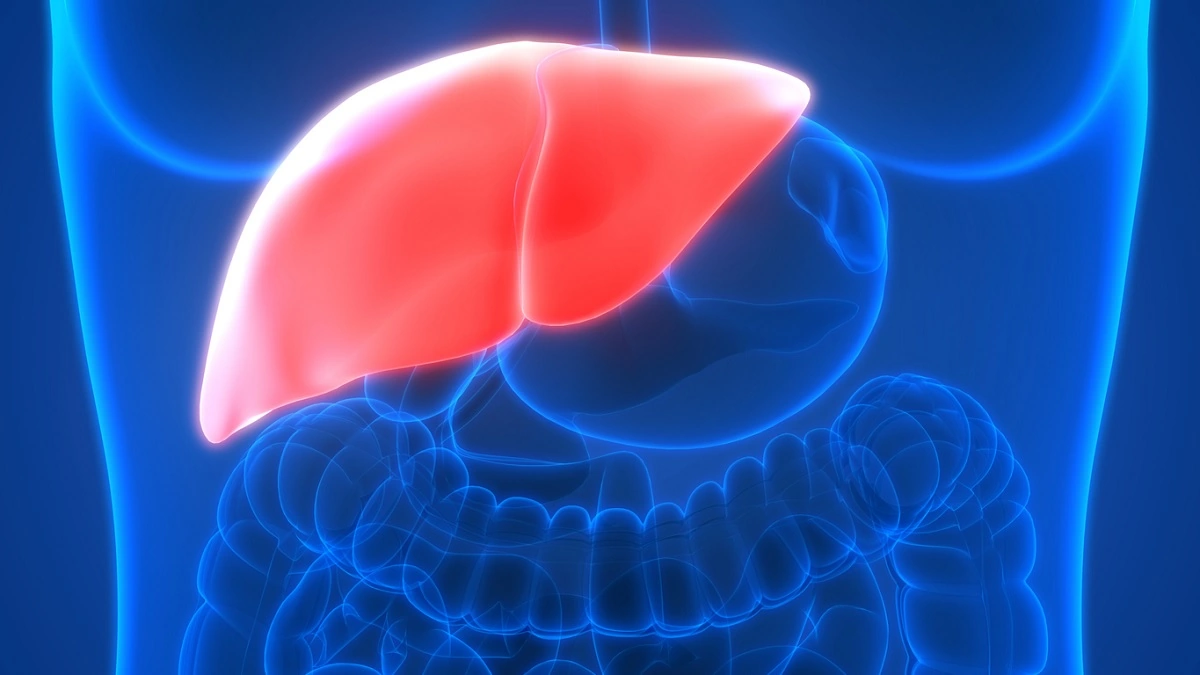Surgical Time
4-8 hours
Anesthesia
General
Recovery
6-12 months
Hospital Stay
10-14 days
Total Stay
4-6 weeks
Back to Work
3-6 months
Liver Transplant in Iran:
Your Comprehensive Guide
Liver transplantation in Iran offers a critical and potentially life-saving treatment option for individuals suffering from end-stage liver disease (ESLD). This intricate surgical procedure replaces a diseased or damaged liver with a healthy one, providing renewed hope and improved quality of life for patients facing otherwise limited prognoses. This detailed article delves into the specifics of liver transplantation in Iran, outlining the process from initial evaluation and patient selection to the surgical procedure itself and the comprehensive post-transplant care required for successful recovery. We will explore the various indications for liver transplantation, the different types of liver donation available (both living and deceased), the surgical techniques employed by experienced Iranian transplant surgeons, and the crucial aspects of post-transplant management, including immunosuppression and lifestyle adjustments. Understanding the complexities of liver transplantation in Iran is essential for patients and their families considering this significant medical intervention.

Understanding Liver Transplantation
Liver transplantation involves the surgical removal of a diseased or injured liver and its replacement with a healthy liver from a donor. The liver performs numerous vital functions, including filtering blood, producing bile for digestion, storing energy, and fighting infections. When the liver fails, these functions are compromised, leading to a range of life-threatening complications. Liver transplantation becomes necessary when medical treatments are no longer effective in managing the underlying liver disease.
Indications for Liver Transplantation in Iran
Liver transplantation in Iran is considered for patients with various end-stage liver diseases. Here are some key conditions:
Common Liver Diseases Requiring Transplant
These are some of the most frequent reasons why a liver transplant might be necessary:
- – Cirrhosis: This condition involves the progressive scarring and damage of liver tissue. Causes include chronic hepatitis B or C infection, alcohol abuse, or non-alcoholic fatty liver disease (NAFLD).
- – Hepatocellular Carcinoma (HCC): Liver cancer, particularly when it occurs in the setting of cirrhosis, may necessitate liver transplantation.
- – Acute Liver Failure: Sudden and severe liver dysfunction, often caused by viral hepatitis, drug overdose, or toxins, can require urgent liver transplantation.
Other Liver Conditions for Transplant
While less common, these conditions can also lead to the need for a liver transplant:
- – Primary Biliary Cholangitis (PBC): This autoimmune disease damages the bile ducts within the liver, leading to cirrhosis.
- – Primary Sclerosing Cholangitis (PSC): This condition causes inflammation and scarring of the bile ducts both inside and outside the liver.
- – Autoimmune Hepatitis: This autoimmune disorder causes inflammation and damage to liver cells.
- – Metabolic Diseases: Certain inherited metabolic disorders, such as Wilson’s disease and alpha-1 antitrypsin deficiency, can lead to liver failure.
Pre-Transplant Evaluation and Patient Selection in Iran
A thorough pre-transplant evaluation is crucial to determine a patient’s eligibility for liver transplantation in Iran. This comprehensive assessment involves several steps:
Detailed Medical Assessments
These assessments help the transplant team understand the patient’s overall health:
- – Medical History and Physical Examination: The transplant team gathers information about the patient’s medical background, symptoms, and current health.
- – Liver Function Tests: Blood tests assess the severity of liver dysfunction and monitor liver enzyme levels.
- – Imaging Studies: Ultrasound, CT scans, or MRI scans evaluate the liver’s structure and condition.
Additional Evaluations
These tests provide further insights into the patient’s suitability for surgery:
- – Endoscopy: Assesses for varices (enlarged veins) in the esophagus and stomach.
- – Cardiac Evaluation: Checks heart function to ensure the patient can handle surgery.
- – Pulmonary Function Tests: Evaluates lung function.
- – Psychological Evaluation: Assesses emotional readiness for the transplant process.
- – Social Evaluation: Determines the patient’s support system and ability to manage post-transplant care.
The transplant team carefully considers the patient’s overall health, the severity of their liver disease, and any contraindications to transplantation.
Types of Liver Donation in Iran
Liver transplantation in Iran utilizes two main types of liver donation:
Deceased Donor Transplantation
In this method:
- – The donor liver comes from a person who has been declared brain dead.
- – The donor liver is carefully evaluated for suitability.
Living Donor Transplantation
This method involves:
- – Transplanting a portion of a healthy person’s liver into the recipient.
- – The living donor’s liver regenerates after surgery.
- – Offers shorter waiting times and potentially better outcomes.
The Liver Transplant Surgery Procedure in Iran
Liver transplant surgery in Iran is complex and lengthy:
Surgical Steps
The procedure generally involves these steps:
- – Anesthesia: The patient is under general anesthesia.
- – Incision: The surgeon makes an abdominal incision.
- – Removal: The diseased liver is removed.
- – Implantation: The donor liver is placed and connected.
- – Closure: The incision is closed.
The surgical team focuses on controlling bleeding and ensuring the new liver functions correctly.
Post-Transplant Care and Recovery in Iran
Post-transplant care is crucial for success:
Immediate Post-Surgery Care
This includes:
- – ICU Stay: Monitoring in the Intensive Care Unit.
- – Immunosuppressants: Medications to prevent rejection (lifelong).
- – Complication Monitoring: Watching for infection, bleeding, etc.
Long-Term Recovery
This phase involves:
- – Follow-up Appointments: Regular check-ups with the transplant team.
- – Rehabilitation: Physical therapy to regain strength.
- – Lifestyle Adjustments: Changes like avoiding alcohol and maintaining a healthy diet.
Outcomes and Survival Rates of Liver Transplantation
Liver transplantation improves survival and quality of life for patients with ESLD. Survival rates vary, but long-term outcomes are generally favorable.
Liver Transplantation in Iran: What to Expect
Iran has experienced liver transplant centers with skilled teams. Both deceased and living donor transplants are performed, offering a valuable option for patients.
Cost Considerations for Liver Transplant in Iran
Costs vary depending on the hospital and length of stay. Liver transplantation in Iran may be more cost-effective than in some Western countries.
Choosing a Liver Transplant Center in Iran
Select a reputable center with:
Key Factors to Consider
- – Experienced Team: Skilled surgeons, physicians, and nurses.
- – Advanced Facilities: Well-equipped hospital and ICU.
- – Comprehensive Care: Thorough post-transplant support.
- – Good Outcomes: High survival rates.
Conclusion
Liver transplantation in Iran offers a complex but potentially life-saving treatment for individuals with end-stage liver disease. The availability of experienced transplant teams, advanced medical facilities, and comprehensive care makes Iran a viable option for patients seeking liver transplantation. Understanding the entire process, from evaluation to long-term follow-up, is crucial for patients and their families as they navigate this challenging but hopeful journey.
